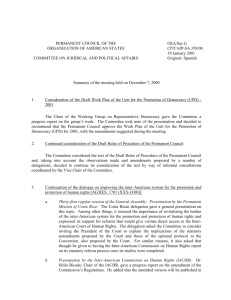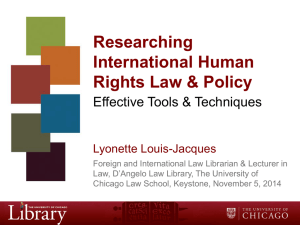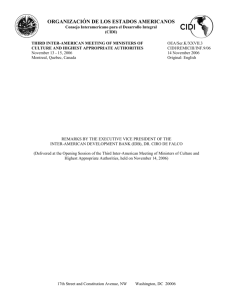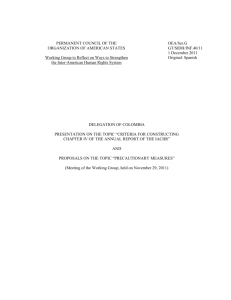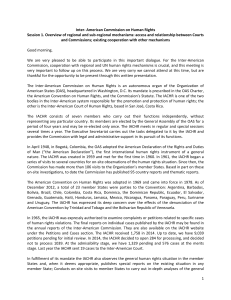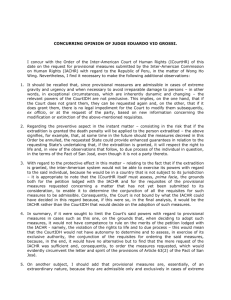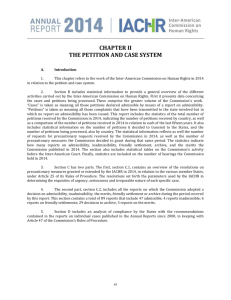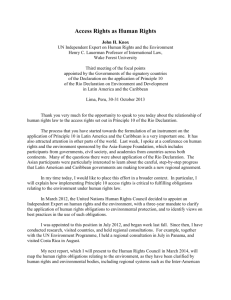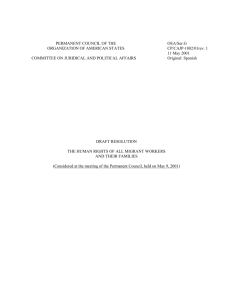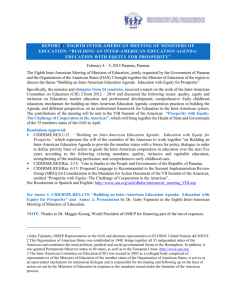Category: Obligations to Protect Rights of Expression and
advertisement
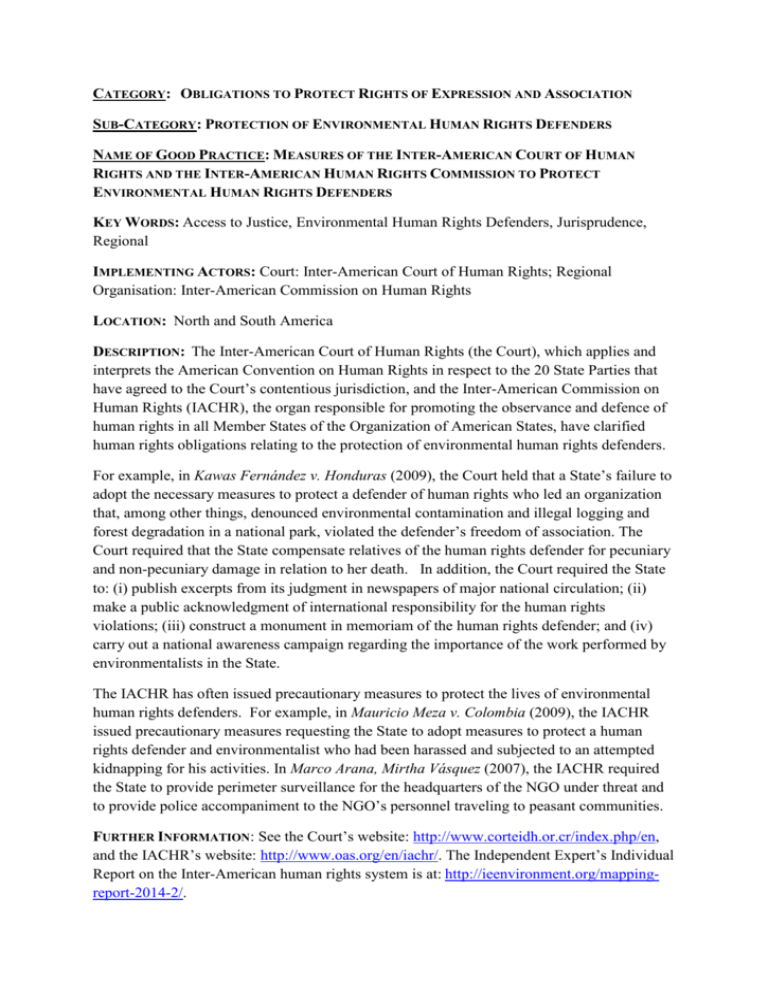
CATEGORY: OBLIGATIONS TO PROTECT RIGHTS OF EXPRESSION AND ASSOCIATION SUB-CATEGORY: PROTECTION OF ENVIRONMENTAL HUMAN RIGHTS DEFENDERS NAME OF GOOD PRACTICE: MEASURES OF THE INTER-AMERICAN COURT OF HUMAN RIGHTS AND THE INTER-AMERICAN HUMAN RIGHTS COMMISSION TO PROTECT ENVIRONMENTAL HUMAN RIGHTS DEFENDERS KEY WORDS: Access to Justice, Environmental Human Rights Defenders, Jurisprudence, Regional IMPLEMENTING ACTORS: Court: Inter-American Court of Human Rights; Regional Organisation: Inter-American Commission on Human Rights LOCATION: North and South America DESCRIPTION: The Inter-American Court of Human Rights (the Court), which applies and interprets the American Convention on Human Rights in respect to the 20 State Parties that have agreed to the Court’s contentious jurisdiction, and the Inter-American Commission on Human Rights (IACHR), the organ responsible for promoting the observance and defence of human rights in all Member States of the Organization of American States, have clarified human rights obligations relating to the protection of environmental human rights defenders. For example, in Kawas Fernández v. Honduras (2009), the Court held that a State’s failure to adopt the necessary measures to protect a defender of human rights who led an organization that, among other things, denounced environmental contamination and illegal logging and forest degradation in a national park, violated the defender’s freedom of association. The Court required that the State compensate relatives of the human rights defender for pecuniary and non-pecuniary damage in relation to her death. In addition, the Court required the State to: (i) publish excerpts from its judgment in newspapers of major national circulation; (ii) make a public acknowledgment of international responsibility for the human rights violations; (iii) construct a monument in memoriam of the human rights defender; and (iv) carry out a national awareness campaign regarding the importance of the work performed by environmentalists in the State. The IACHR has often issued precautionary measures to protect the lives of environmental human rights defenders. For example, in Mauricio Meza v. Colombia (2009), the IACHR issued precautionary measures requesting the State to adopt measures to protect a human rights defender and environmentalist who had been harassed and subjected to an attempted kidnapping for his activities. In Marco Arana, Mirtha Vásquez (2007), the IACHR required the State to provide perimeter surveillance for the headquarters of the NGO under threat and to provide police accompaniment to the NGO’s personnel traveling to peasant communities. FURTHER INFORMATION: See the Court’s website: http://www.corteidh.or.cr/index.php/en, and the IACHR’s website: http://www.oas.org/en/iachr/. The Independent Expert’s Individual Report on the Inter-American human rights system is at: http://ieenvironment.org/mappingreport-2014-2/.
